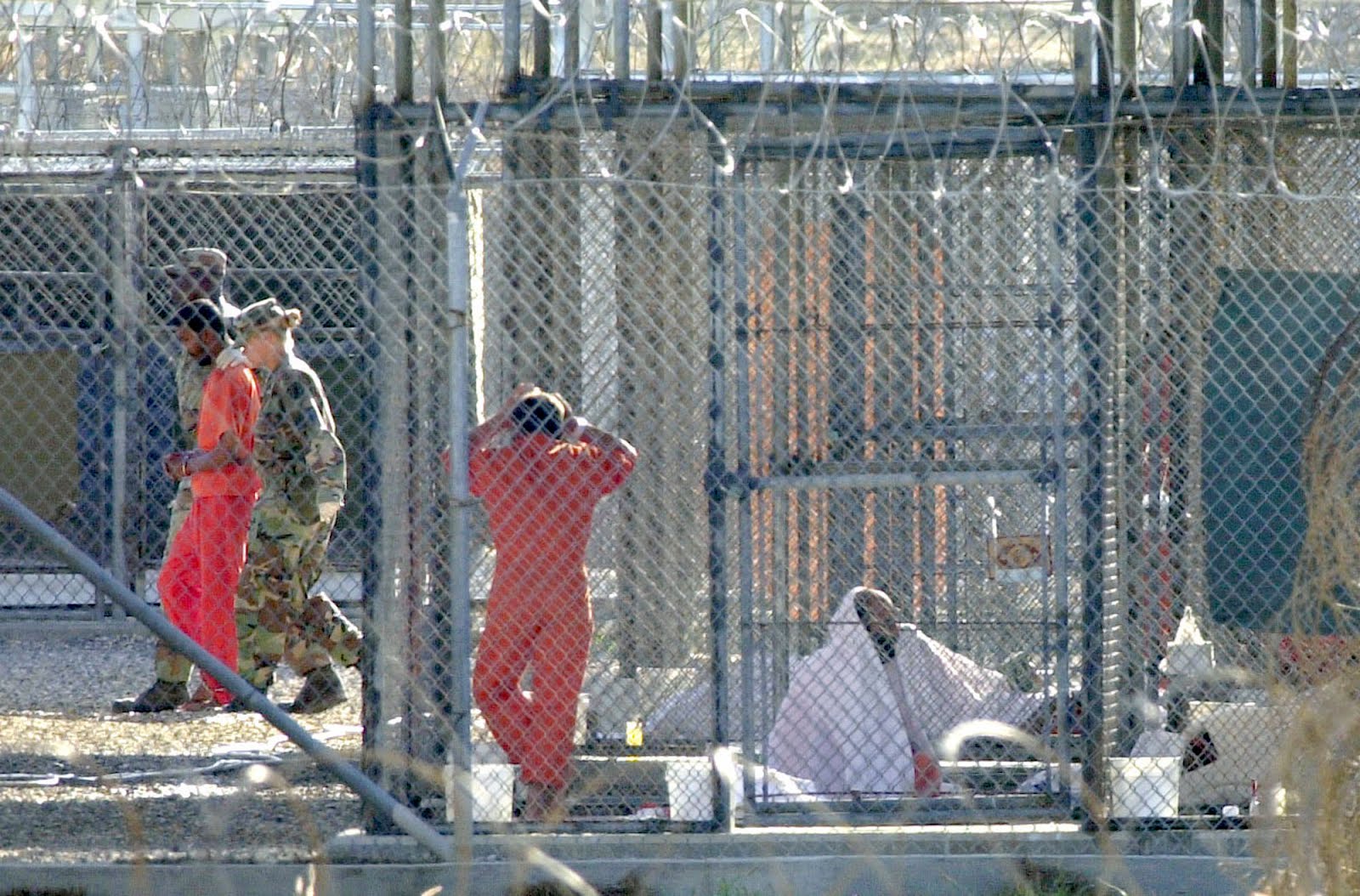How much is it going to cost the United States to continue to imprison individuals at Guantánamo Bay? How long are going to keep Guantánamo Bay open? How many more are going to be imprisoned at Guantánamo Bay? These are three questions I urge all of you think about as we look at the…
Read moreGuantánamo Public Memory Project
Category: National Dialogue and Traveling Exhibit
Guantánamo Bay: Tropical Mayberry or Extralegal Prison?
National Dialogue and Traveling Exhibit
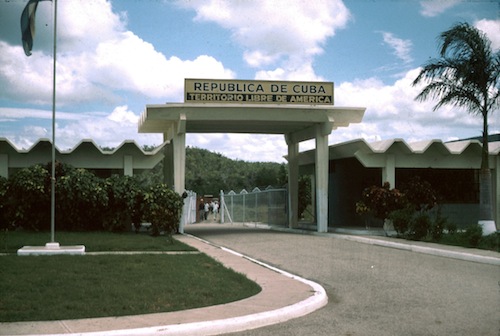
The story of Dennis Miller, who runs the Cuban Club on GTMO, struck me as profoundly troubling. Having been born on the base to a Cuban exile in 1965, Dennis has no country—he’s considered neither Cuban nor American. His story illustrates the difficult decisions Cubans faced during the early days of Castro’s regime, but also…
Read moreThe Haitians and HIV
National Dialogue and Traveling Exhibit
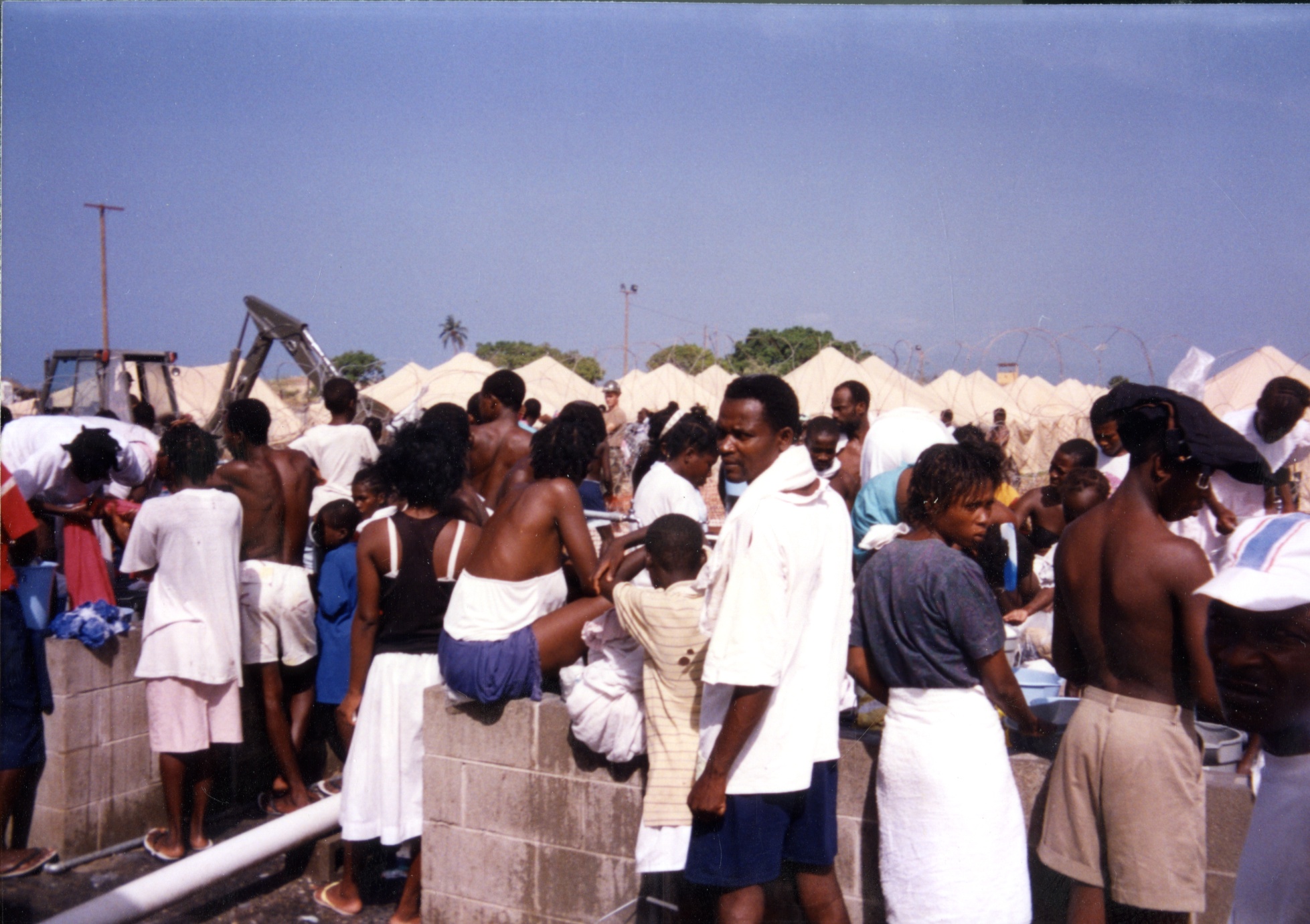
While researching Guantánamo, I was amazed at how little I actually knew about the history of this US base. For me, Guantánamo was a place where terrorists went to wait indefinitely for a trial that would never happen. My understanding has since changed dramatically. Although the post 9/11 history of GTMO has become a topic…
Read moreChildren’s Cries and America’s Lies
National Dialogue and Traveling Exhibit

Before I started reading about the history of Guantánamo, I thought it was just a jail that the United States used to house its post-9/11 political prisoners. As I began delving into Guantánamo’s history, I was surprised to learn, that the site was also used to detain Haitian and Cuban refugees. I had always…
Read morePeace and Solitude: A New Perspective about Life at GTMO
National Dialogue and Traveling Exhibit
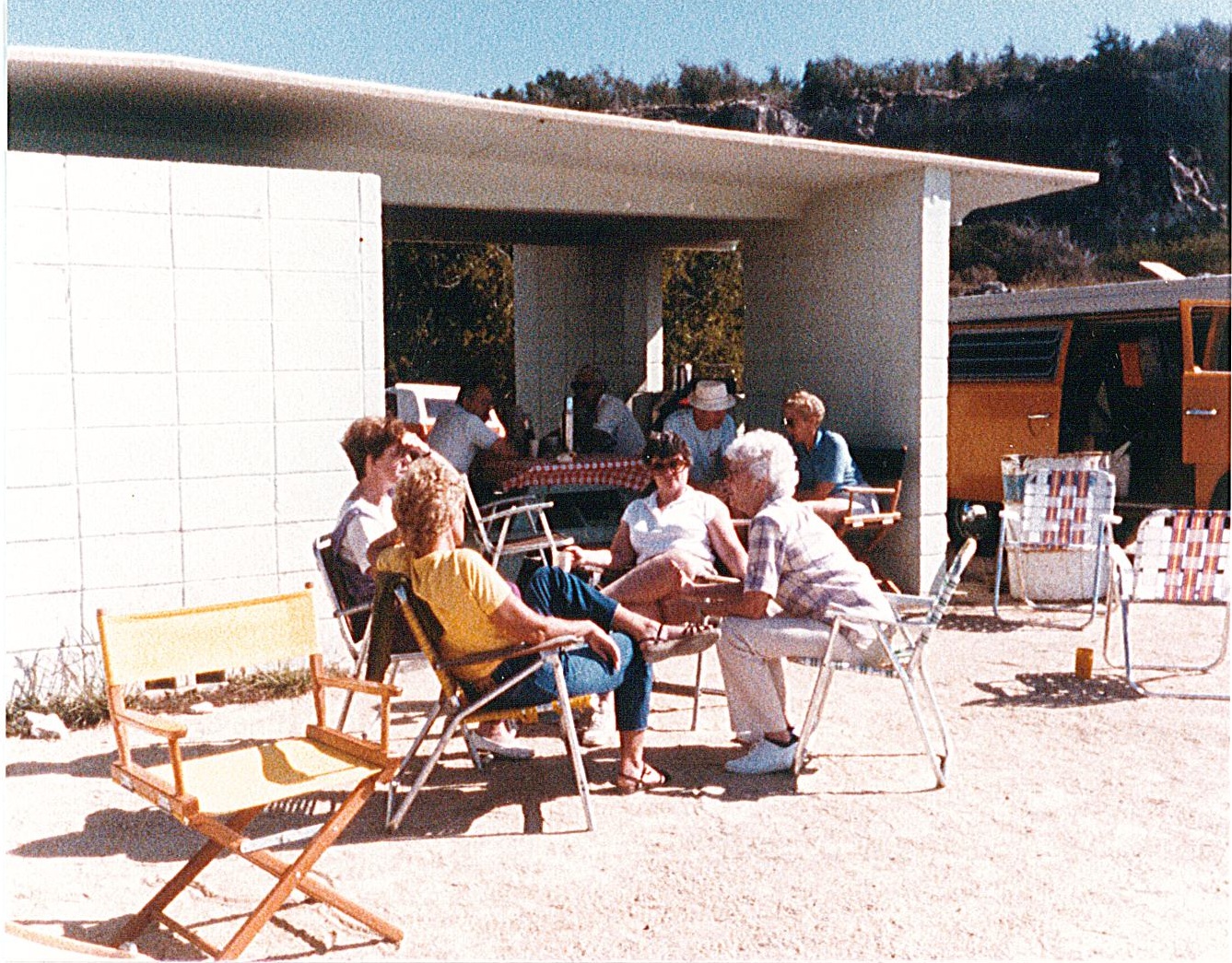
If you stopped a person on any street in America today and asked them what they thought about the U.S. naval station at Guantánamo Bay, chances are, you would hear a response about “detainees,” “torture,” or the “War on Terror.” If you asked a person who has lived or served at GTMO that same question,…
Read moreSocial Life at GTMO: Soldiers at Play
National Dialogue and Traveling Exhibit
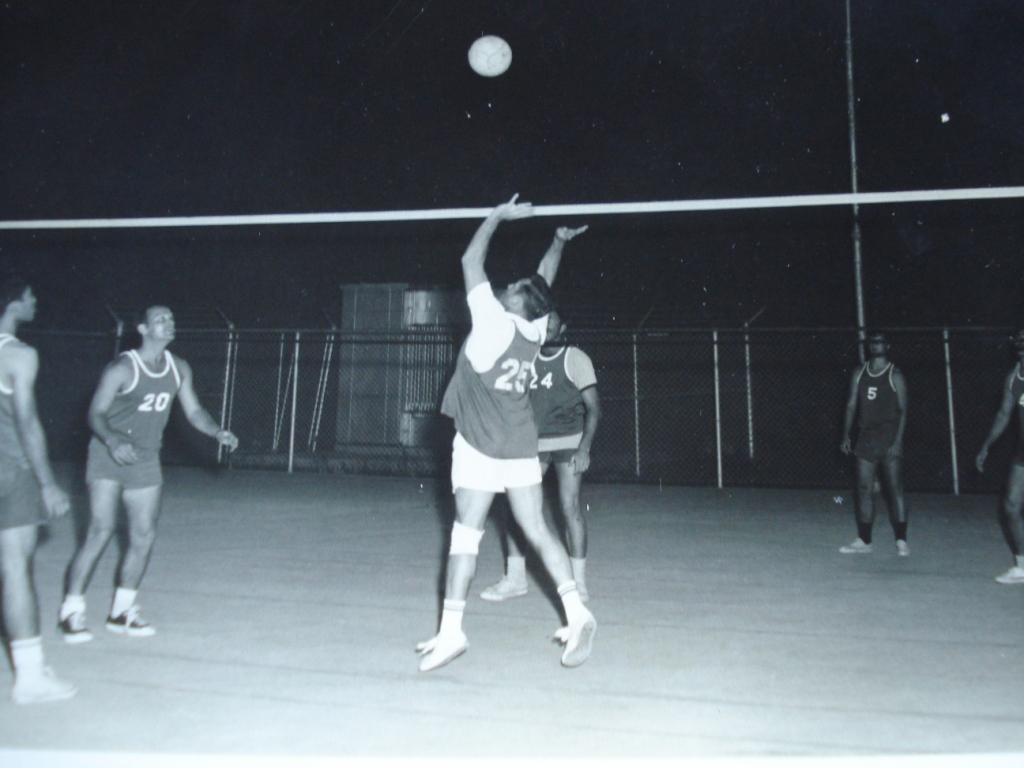
I came to Pensacola to study at the University of West Florida, but almost anyone you might ask would consider this a military rather than a college town. Comparatively, when many people think of The U.S. naval station at Guantánamo Bay, Cuba, they immediately think of the military installation there. This means thousands of military…
Read more“I Never Missed Out on Anything”: GTMO Children and Growing up Abroad
National Dialogue and Traveling Exhibit

“I never missed out on anything,” said Daline Riley, who was born at GTMO in the 1950s and spent several years at the Caribbean base as a teenager. Daline was one of several GTMO children interviewed in the summer of 2012 through the University of West Florida’s Public History program. “It gave me a better perspective; it…
Read moreVisions for the Future of Guantánamo
National Dialogue and Traveling Exhibit
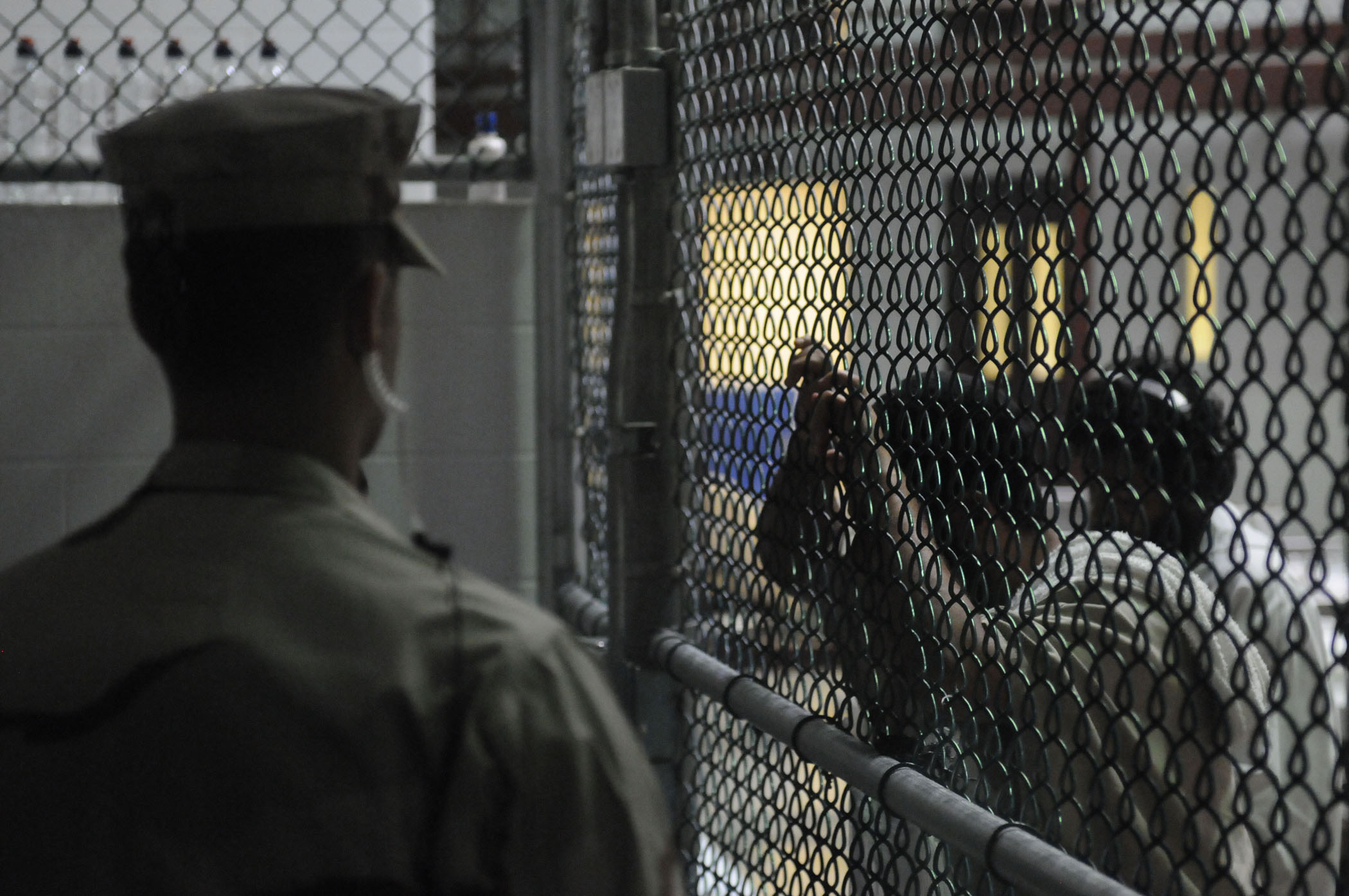
In the course of doing research on whether the Guantánamo base can be closed, and if so, what to do with the space when the U.S. is no longer using it for Navy operations, the question of how to best use the site has become more difficult than I originally thought. At the beginning of…
Read moreCreating Local Connections: How Supermax Prisons in the U.S. can Foster Dialogue on Guantánamo
National Dialogue and Traveling Exhibit
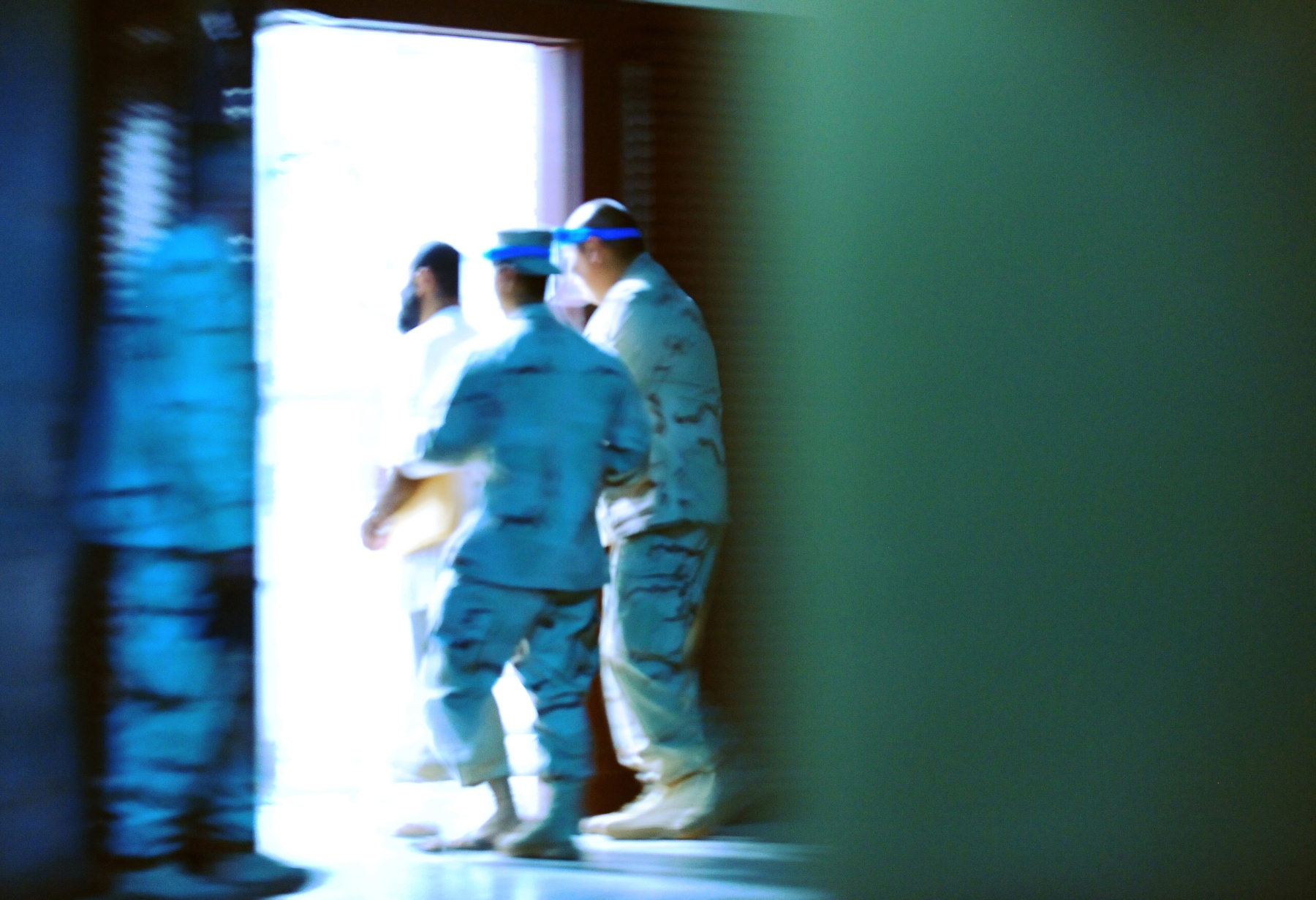
Why does Guantánamo matter? Why should Guantánamo matter to me? How do we create dialogue on Guantánamo among an audience who may not be able to answer these questions? These are just a few of the issues I have been wrestling with since I started working on the Guantánamo Public Memory Project (GPMP).…
Read moreDomesticated Gitmo, Or Why We Should Care about Harold and Kumar
National Dialogue and Traveling Exhibit
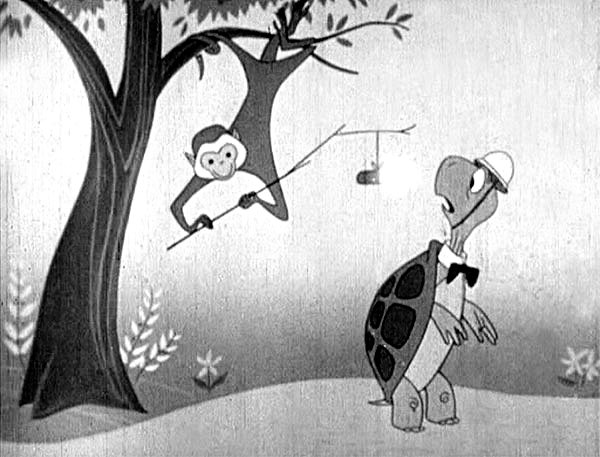
During previous graduate work, I taught two sections of Introduction to Cultural Anthropology, a 1000-level course that fulfilled a social science credit. Near the end of our textbook, there was a section about “War and Violent Conflict” in various cultures. Since my content specialization concerned American civil defense during the Cold War, I generally supported the lectures and readings…
Read moreCreative: Picture Projects & Tronvig Group

